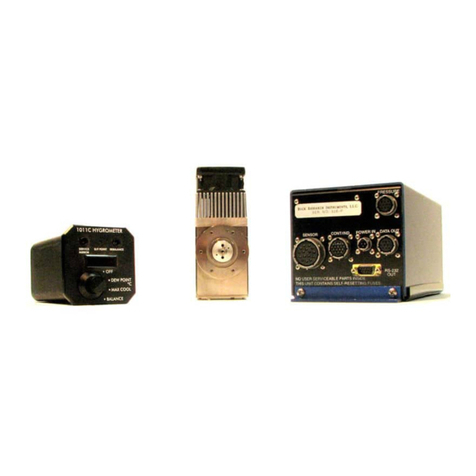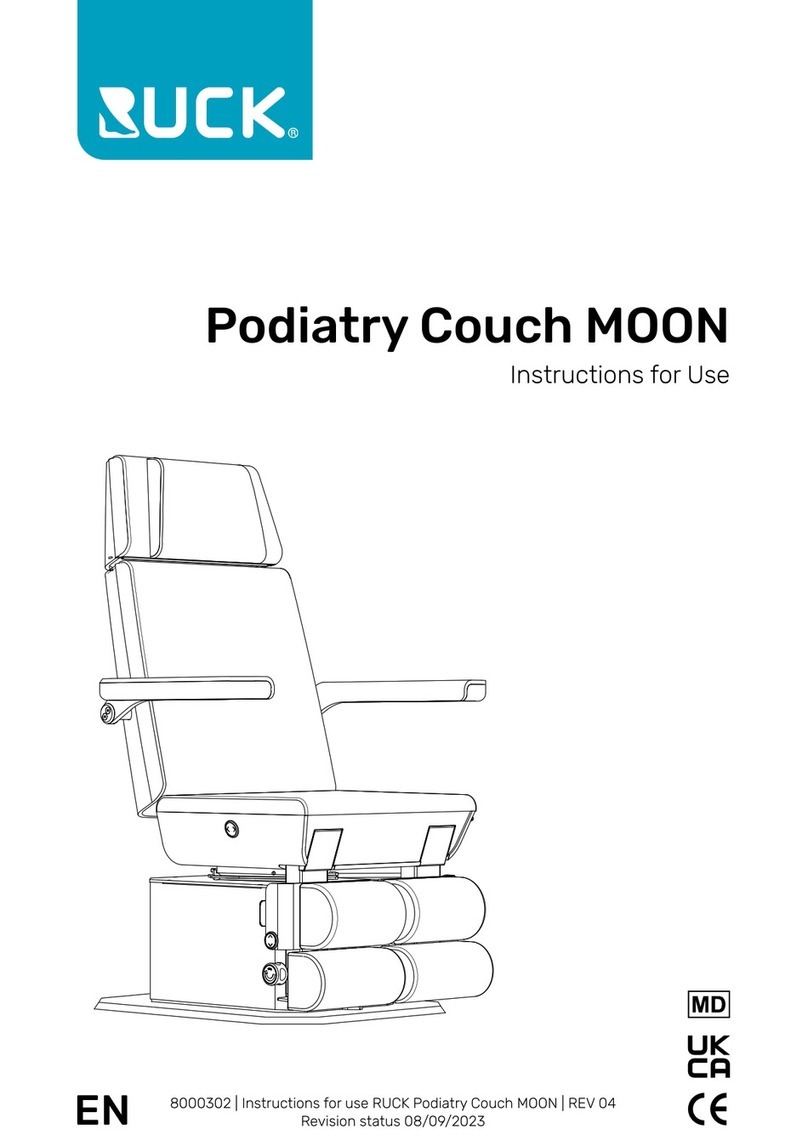
SECTION A
INTRODUCTION AND DESCRIPTION
Introduction:
The BUCK M530 is a single beam, microprocessed, ratio recording spectrometer. Pre-sample
chopping and stepper motor controlled wavelength drive give results unattainable from conventional
double beam, optical nulling systems. Clean single beam design and microprocessor control, make
operation simple and maintenance costs low.
Technical:
Simple switch-mode computer power supplies run the system board and a 2.8 volt d.c. regulated
source. The four element nichrome source operating at 1025º C with a ceramic isolator improves
stability after initial warm-up. (1 hour recommended) The pre-sample chopping at exactly 354 r.p.m.
(23.6 c.p.s.) controls phasing and prevents re-radiation of the sample, resulting in minimal spectral
interference. The two optics to the right of the sample compartment condense and focus the source
image through the full size sample compartment. The light goes through the entrance baffle and onto
one of the four cut-on filters that keep higher orders of light from entering the monochromator. From
the entrance slit, light goes to the first collimating mirror which directs the light onto the grating. The
75 line per millimeter grating disperses the light and sends it to the second collimating mirror. The
second collimator focuses the light through the exit baffle and slit. The ellipse focuses the energy
down to a 1mm by 2mm target DLATGS detector on the pre-amp board. The analog signal is sent to
the main system board to be filtered, amplified and microprocessed.
At the scan speed of three minutes, in the reference mode, 4250 data points are stored into the RAM
chips. These data points are digital numbers between 0 and 4096, one for every .8 wavenumbers
between 4000 and 600. After resetting, the 530 is ready for a sample. It takes each sample number for
that frequency and divides it by the reference number and multiplies it by 100. (when in %T ).
Example; 20 ratio to 40, times 100 is 50 %T. Gain can be increased above 1 for high energy loss
samples, but you don't want to overload the memory or resolution will be lost. In ratio mode the M530
is set to give %T or Abs. All information coming out of the RS-232 or USB plug is in raw single beam
unprocessed form even when the display says ratio. The GRAMS/AI, EZ-Scan or BuckScan computer
programs perform all ratio operations (and conversion to Abs. if desired).
The Measuring System:
The scan drive, chopper motor and A-to-D converter are operated synchronously to eliminate scan-to-
scan variations of spectral output data. Timing is derived from a crystal controlled clock in the
microprocessor. A single data value is obtained from each chop cycle or scan step. The scan motor
will step 4, 2, 1 or 1/2 times for each chopper cycle, corresponding to scan periods of 3, 6, 12 or 24
minutes. One scan step at the 3 min. scan speed will therefore equal 0.8 wavenumbers.
Active, multiple, anti-aliasing filters are used before data acquisition; the data acquisition system
retains all of the signal-to-noise data from the pre-amp output signal.
The A-to-D uses a single, multiplexed 14 bit converter. The A-to-D function is achieved by successive
approximation.






























